Rosemary can grow not only in a wild form, but also at home. In particular, in Russia it is possible to grow such a shrub only under certain conditions, as Rosemary needs good illumination and a certain temperature of the air, which must be constantly maintained. There are several types of rosemary. The greatest distribution was viewed by rosemary fragrant. It is used in a wide variety of areas. For example, rosemary itself can be used in cooking, and the essential little from its leaves is used to make cosmetics.
Often rosemary grown on open ground. This will require a rosemary seedlings grown at home. However, this method uses less popular.
Grow rosemary and can be at home. Make it not so difficult. Enough for the plant to create a comfortable temperature, and time to properly care for them and protect against pests, as well as comply with all the rules of planting rosemary in the home.
How to grow rosemary in the home
- If you decide to grow rosemary in the home, in the first place is to take care of the soil. Perfect soil with plenty of humus. The soil can be prepared independently. It is possible to mix the universal soil mixture and perlite or sand in the ratio 2: 1. There is another way to obtain a suitable soil for the rosemary. For the manufacture of such soil need to mix 2 parts earnest soil, 2 parts sod land and one part peat, sand and humus. The soil was placed in a large pot or pots. It is important to ensure that the plant drainage. For this purpose you can use pebbles or expanded clay.
- Pot with the plant is necessary to put on the sunny side, to provide the necessary amount of rosemary sunlight. It is important to ventilate the room, especially on summer days. Suffice it to maintain the temperature at 15-20 degrees. In winter, room temperature should be maintained at 10-13 degrees.
- Rosemary transplanted every year in April. If the plant has reached the age of 5 years, it can be transplanted once in 3-4 years. Thus necessarily vary topsoil.
Care rosemary at home
In addition to providing plants the right amount of light and maintain a constant temperature, it is necessary not to forget about watering and fertilizing Rosemary. Particular attention should be paid to watering, as the lack of water or its overabundance can adversely affect the plant. Watering should be regularly rosemary. Immediately after the soil dries out to a depth of 2.5-5 cm., It is necessary to pour it immediately cool water. In winter, the water must be slightly heated.
Rosemary fed with organic and mineral fertilizers 2 times a month from March to September inclusive.
Propagation rosemary at home
There are two main methods of reproduction of rosemary at home: with the help of seeds, cuttings and tanks. Each methods have its own characteristics. However, the seeds grow rosemary even more difficult. It is important to comply with all the rules and follow the instructions.
How to plant rosemary seeds at home
Grow rosemary from seeds at home should be at the beginning of spring or in the autumn.
- To begin with, you need to take a piece of gauze, moisten it in water, after which I put on it rosemary seeds for 2-3 days.
- Then prepare the soil for rosemary seeds. It is best to use loose wet soil.
- Prepared soil must be placed in the container, pulled by the food film.
- In order to provide the soil with the desired amount of oxygen, you need to pierce small holes in the film, which was pulled by the soil tank.
- After the seeds are planted, you need to wait for the first shoots.
- The very first sprouts should be sprinkled with a spray with a spray gun.
Rosemary seeds germinate up to 8-10 cm. In height after 2-3 weeks. As soon as Rosemary reaches this height, you can replant it. In this way, it is not as often used, since rosemary can be needed for about 2-3 weeks.
Rosemary reproduction at home with cuttings
For reproduction of rosemary, this method used to escape from the top of the bush. With escape, all the leaflets from the bottom are removed, after which the escape is placed in water or a mixture of peat and sand is used in proportion 1: 1. You can replant the escape immediately after the root appears.
Reproduction of rosemary at home with melting
During this method, the escape of rosemary is plugged with a bracket or stud to the soil. Then rosemary is sprinkled with soil and wait until rosemary is blooming. After that, Rosemary is separated from the main bush and transplant to the constant soil.
Rosemary's application
- Rosemary has isolate and slightly spicy and sweetish taste, so it is used to prepare a variety of dishes. It is added to vegetable and meat dishes. Rosemary gives them a piquancy and allows you to reveal the fragrance of dishes in all colors. For example, Rosemary will become an excellent addition to zucchini, eggplants and mushrooms.
- The widespread rosemary received in medicine. Rosemary oil obtained from leaves allows you to remove inflammation. Rosemary is also used to treat insomnia, diseases of the gastrointestinal tract and diabetes mellitus.
- In cosmetology, rosemary is also used quite often. Its essential oil has a beneficial effect on the skin and cleans it. It is worth noting that rosemary's essential oil, like other essential oils, cannot be used in pure form. It is added to creams, oils, lotions and only then apply on purpose.
- Rosemary sprigs themselves can also be used to purify air indoors. For example, if you put rosemary in the kitchen, it will eliminate the unpleasant smell and make the air cleaner.
How to get rid of rosemary pests at home
Rosemary, like many other plants, is exposed to harmful insects. A special threat to rosemary is a web tick. If a thin web began to appear on the leaves of the plant, then it is necessary to immediately start getting rid of this pest. To do this, you can use soap water. This solution needs to be treated by all the plant, after which it is to watch the web on it. If it helped and the tick still harms rosemary, then you need to use insecticides.
Rosemary, photo
Rosemary cultivation is a laborious process, during which you need to constantly care for the plant and protect it from pests. On average, Rosemary reaches its limit height of 40-45 cm. The grown bush can be used as a decorative plant, which will decorate the room and clean the air or can be cut off rosemary sprigs and use them in culinary and cosmetic purposes.

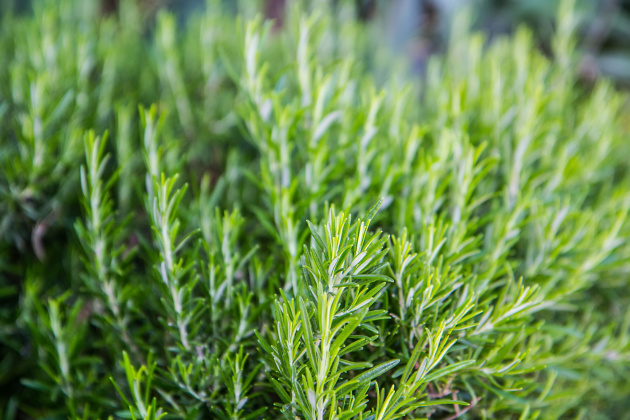

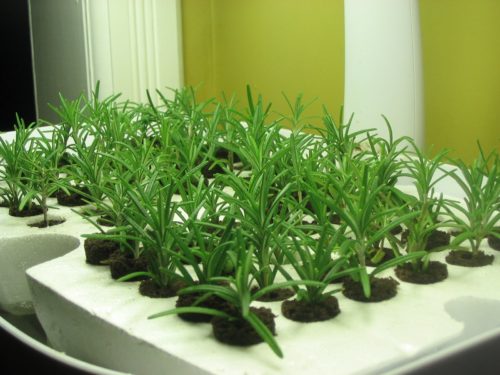
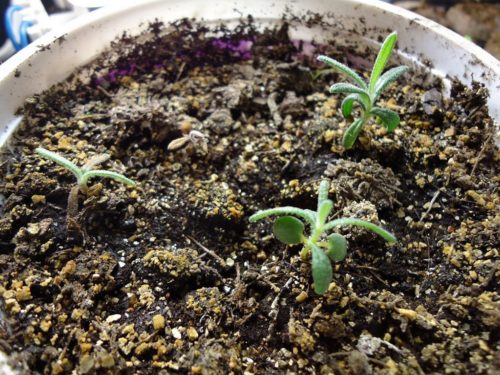
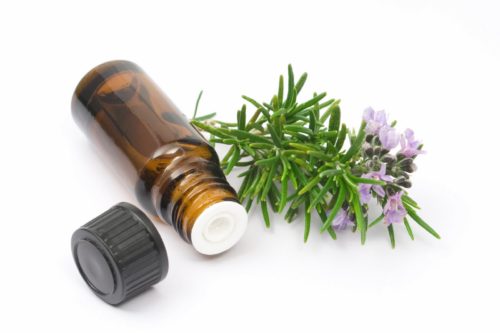
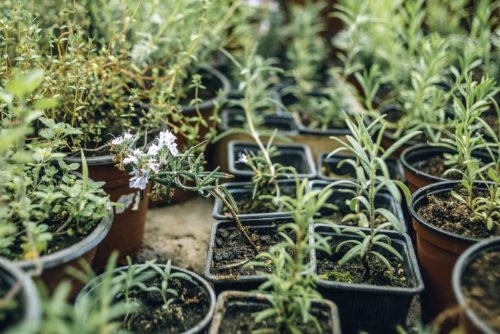
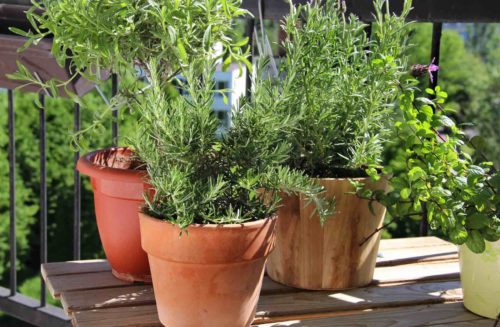
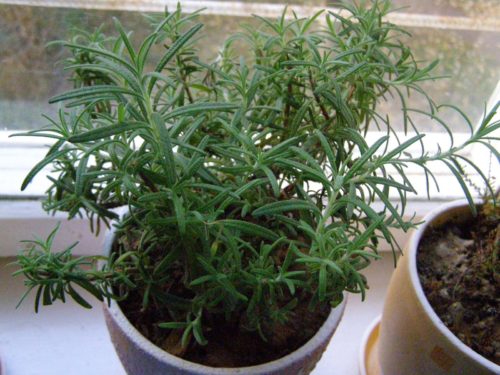
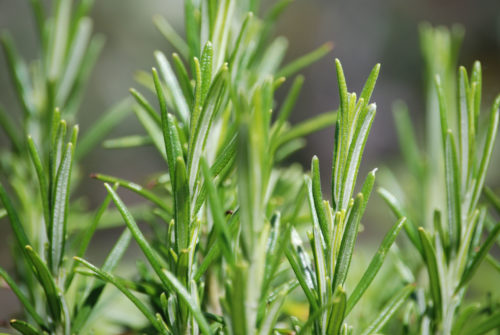












 Start a discussion ...
Start a discussion ...